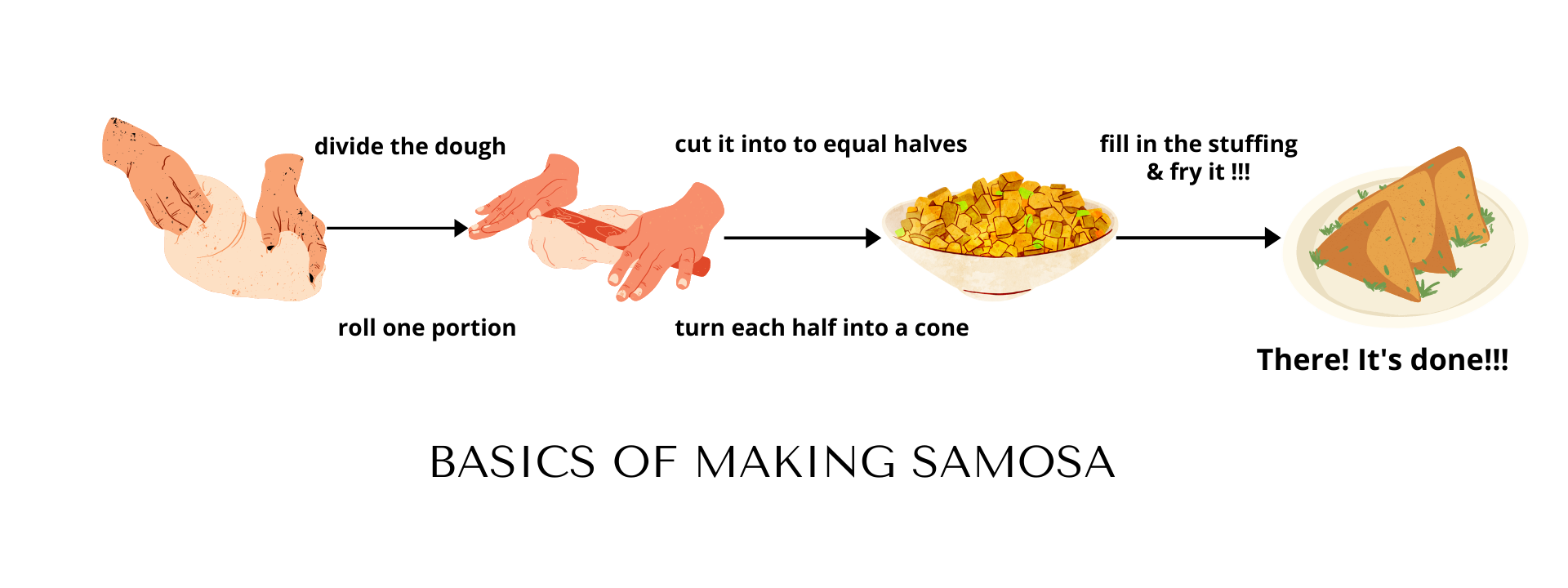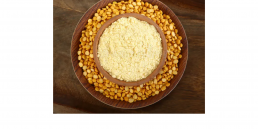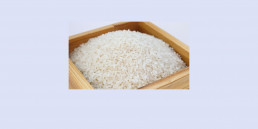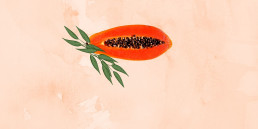Hello everyone,
This blog post will gain insight into a food item that has gained immense popularity. And it is a favorite with people of all generations. So let’s jump right in.
SAMOSA & ME!!!!
Samosa is my greatest weakness in the street food segment.
Before I start this blog post, I have a confession to make. I am a complete foodie. A part of me relishes all the deep-fried snacks. Be it the potato patties or melted cheese balls. Yummy!!!
The other side of me has to wage an internal war to refrain from eating them to my heart’s content. Being a foodie and a health-conscious person in tandem is a dangerous combination. Phew!
However, this post is not about me. There are several fascinating facts about the all-time favorite food -SAMOSA. I did touch upon it in my previous post.
Samosa- Origin
It originated in the Middle East and Central Asia and can go back to the Persian word ‘Sanbosag.’ It is referred to as “Sambusak” in Arab-speaking countries.
Originally these deep-fried snacks were not part of Indian cuisine. However, through the Middle Eastern and Central Asian invaders, they have spread in this part of the world. The chronicles of famous travelers to India speak favorably about this appetizer. They talk at length about the popularity of SAMOSA amongst the royalties of the Delhi Sultanate.
Primarily part of the Persian delectable, the SAMBUSA has been imbibed and integrated into the delicacies of the Subcontinent. So be it India, Pakistan, Nepal, and Bangladesh. Various fillings are available for this Entrée.
In India itself, this dish spreads across the length and breadth of the country. However, the preparations use the same technique. And essential ingredients, i.e., all-purpose flour and vegetable oil (sometimes cooked in ghee or baked). This pastry can be made sweet or savory.
One can make samosas with a variety of fillings. Like, peas, potatoes, onions, different lentils, cheese, paneer, vegetables, etc.
One Dish- Many names
In some states like West Bengal and Andhra Pradesh, non-vegetarian stuffing is also available. The Lukhmi of Hyderabad is as famous as the Shingara of West Bengal. At times the variations go up to adding peanuts, dry fruits, and even coconut. For many years now a new variety has become very famous, especially amongst the kids. Fillings using noodles with sauteed vegetables are called Chinese Samosa. The African nation of South Africa calls it Samoosa.
An Easy to make Dish
In India, we use all-purpose flour or Maida to make the dough. After which, the dough is divided into several portions. First, the parts are rolled and then cut from the center. Henceforth, the desired stuffing is filled into a cone ( prepared by flipping each half). The cone is then securely sealed. After which, it is placed gently into the hot oil and fried till the Samosa turns golden brown. In most Indian households and restaurants, the accompaniments include tamarind, mint, or coriander chutney.
Samosa, in general, has become a universal dish. With its presence in India and Southeast Asia, Africa, and many more countries.
In India, Samoosa is a part of our diet. That I was unaware of its origin until I had started my research. A popular tea-time snack, these crisps are the source of long-lasting friendships and relations. One cannot stop gorging over these, entirely oblivious of the calories that are going in.
 Samosa & ‘ADDA’
Samosa & ‘ADDA’
Adda– colloquial Bengali for a group of people gathering together for some friendly banter.
In Bengal, right from the age of the zamindars and British, “ADDA” sessions were famous. People would lackadaisically stand by the pavement. With a cup of tea and Samosa’s soaked in tamarind chutney. A common sight by the samosa stall was youngsters getting agitated over social issues. At the same time, it was the perfect spot for Gossips’ and heated arguments. However, among the chaos and commotion, the Samosa worked its magic and bound the crowd together. One could hear the occasional “Waah” (Hindi for wow). And the local vendor would serve hot SAMOSAS repeatedly.
Before I say Bye
For me and many others, this ENTRÉE will always be a weak point in our otherwise strict no-fried food diet. If I have to choose between a restaurant and a local vendor? By now, isn’t the answer obvious? The local vendor always wins.
These folks do not have any fancy system or cooking facilities. And follow traditional cooking methods. Yet, they come with the tastiest preparations.
Standing with a plate of piping, hot SAMOOSA is- takes excitement to another level. My mouth is watering after speaking so much about it. So I might as well go and prepare a few for myself.
I will tell you all how it was!!
LOL!
I am very excited to pass on such unique aspects of Indian dishes and cuisines to the readers. So please stick with me- as there’s more coming your way!!!
Well, that’s it for now, folks!!!
I will meet you again in my next post…
till then, stay tuned
Bbye…
P.S. Stay safe. The virus isn’t going anywhere!!!!!









